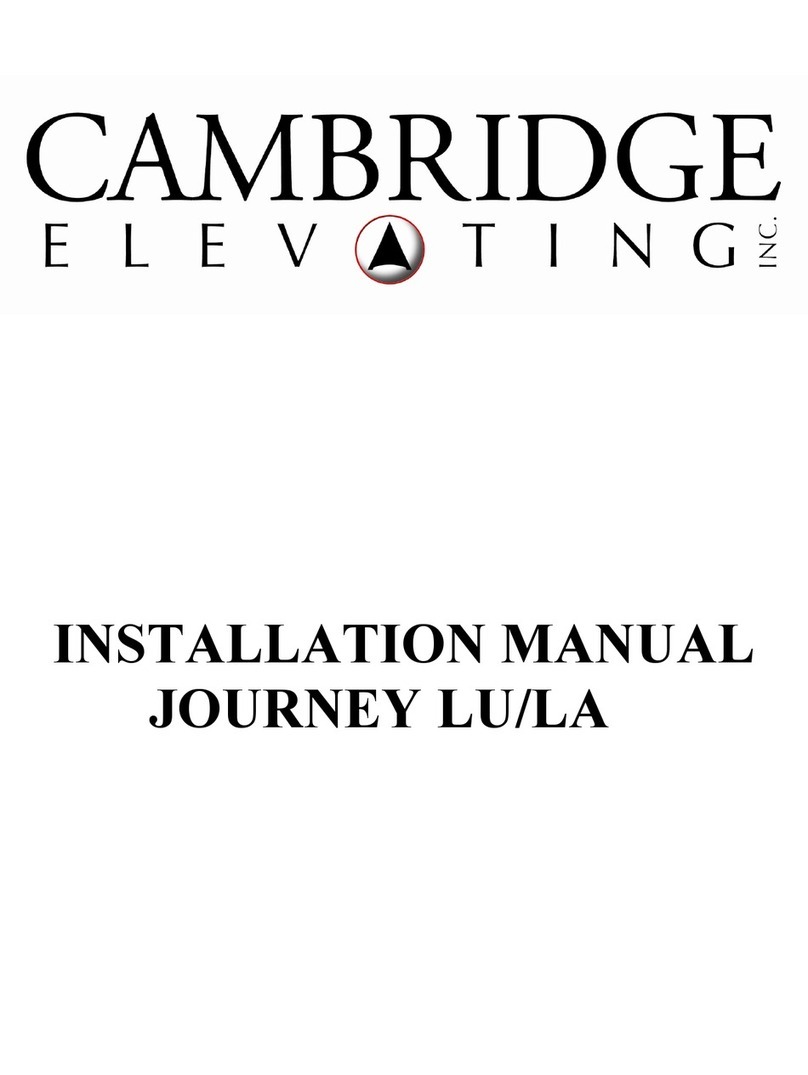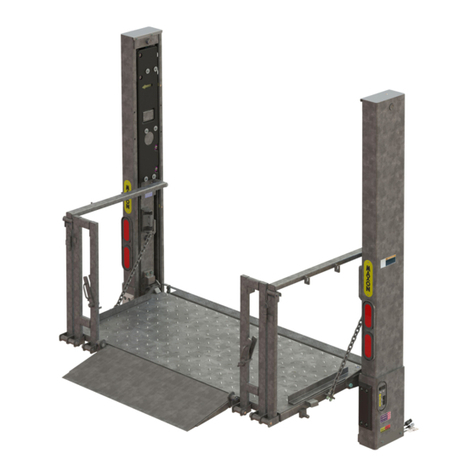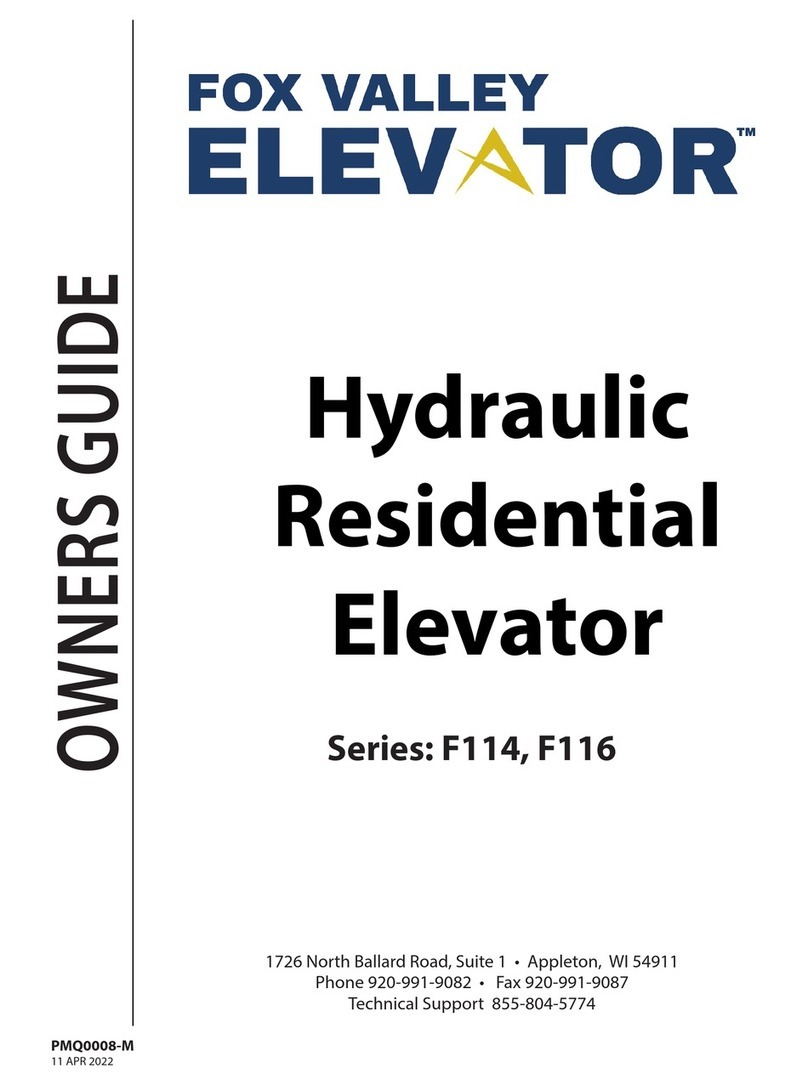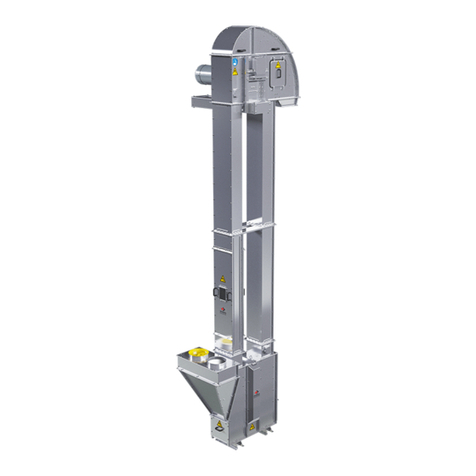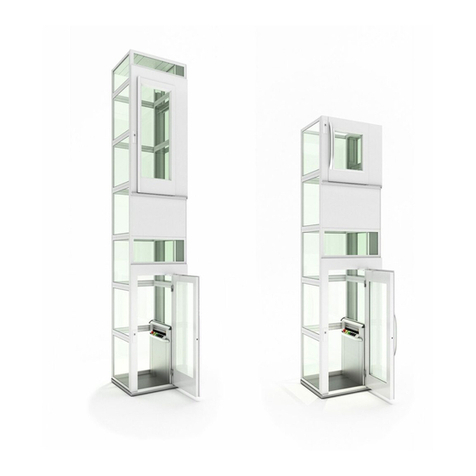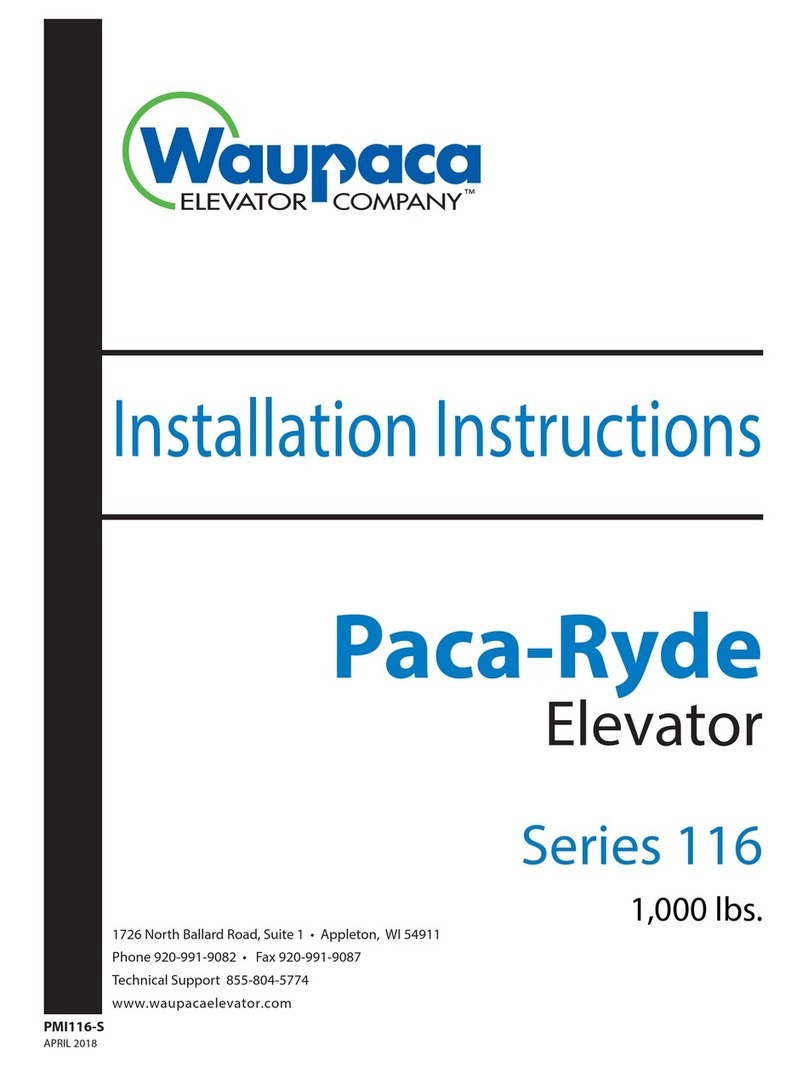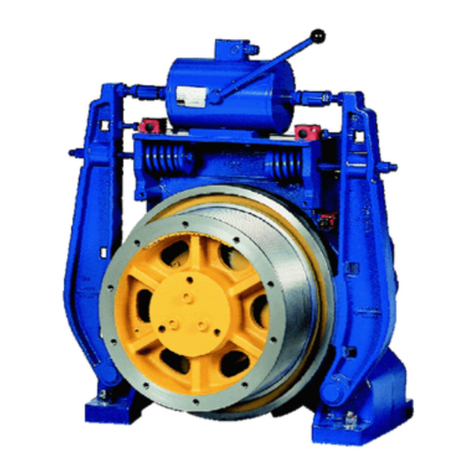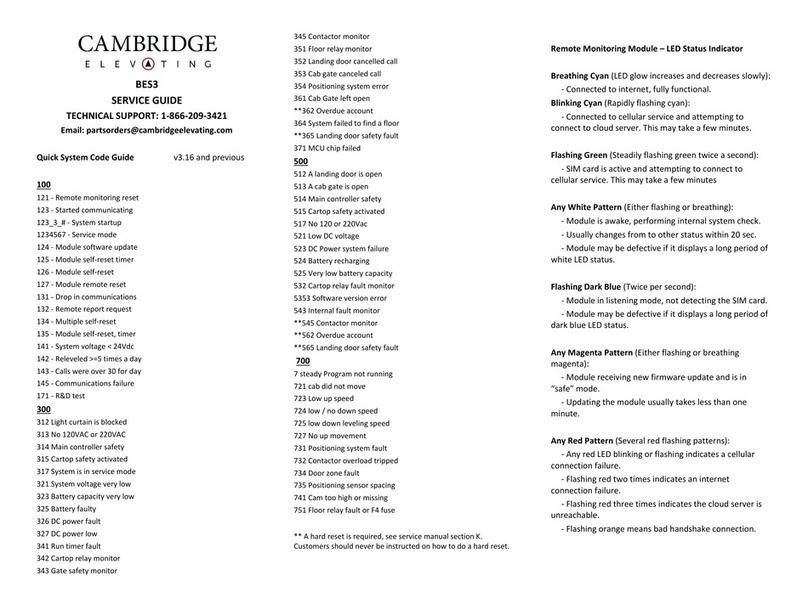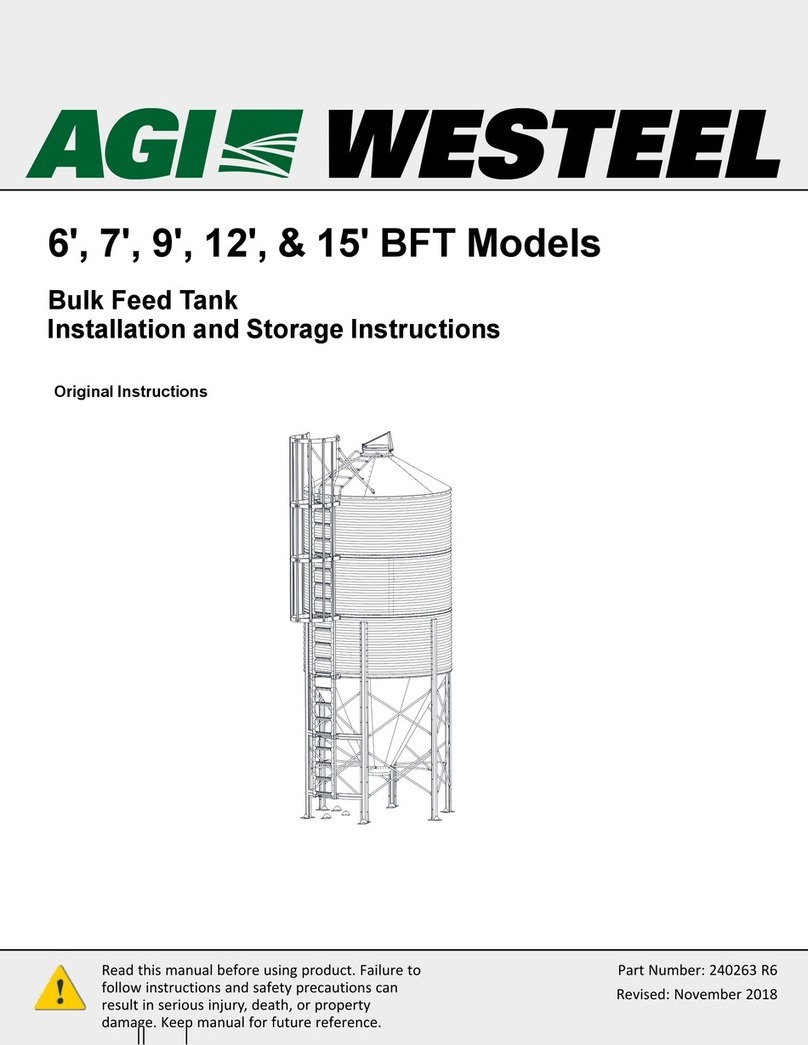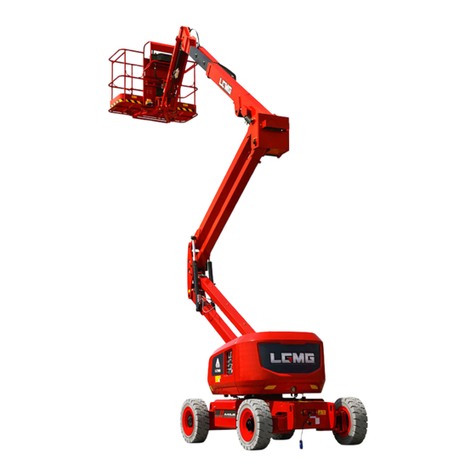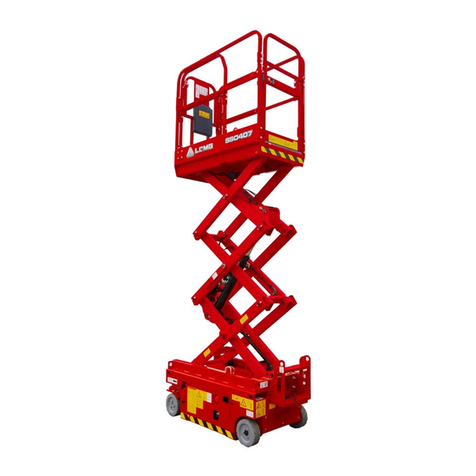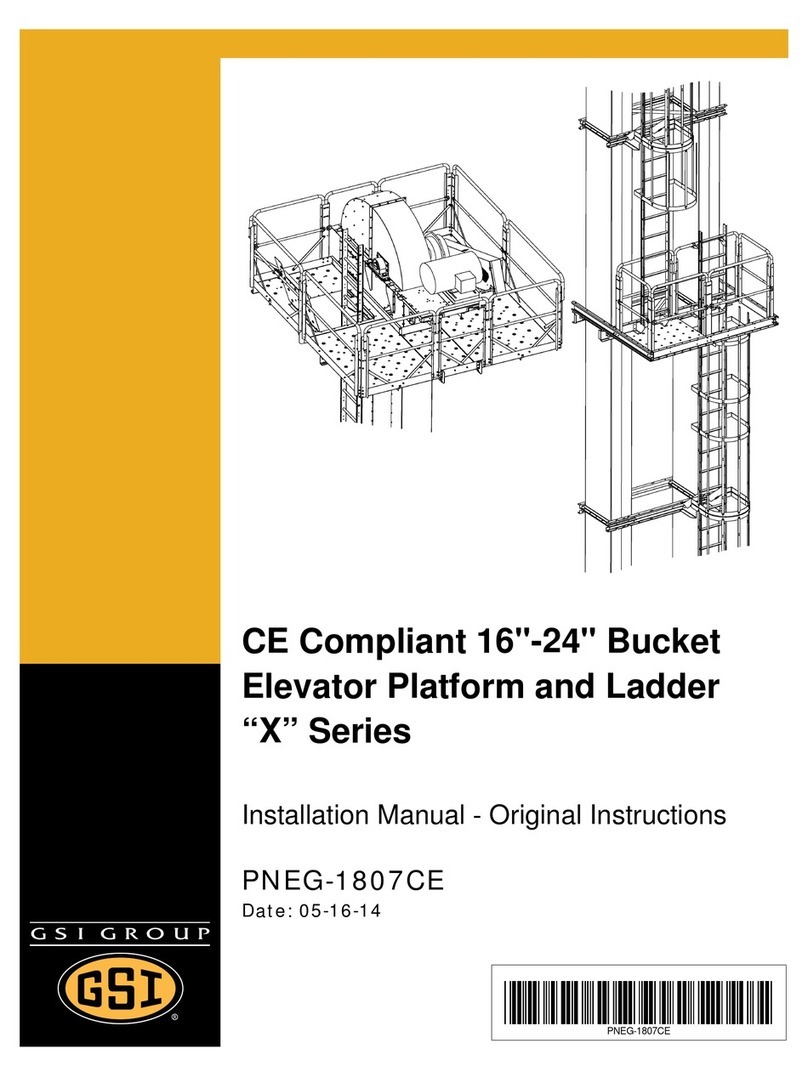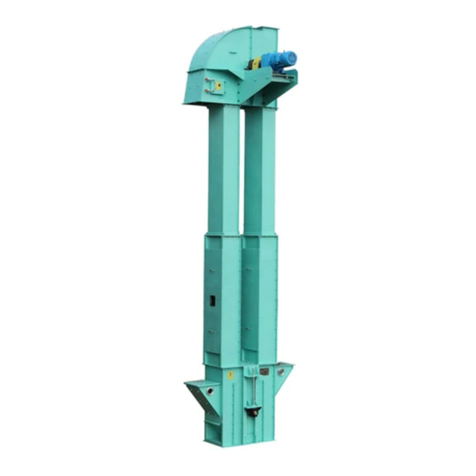
Operation Manual of Rough Terrain
Mobile Elevating Work Platform
3
1.1Danger
Failure to disobey the instructions and safety
rules in this manual may cause death or serious
injuries.
1.2 No Operation Except
Following Cases
You have known and practiced the rules for safe
operation of machine in the Operation Manual.
1) Avoid the dangers. Know and understand
the safety rules before next step.
2) Always check before operation.
3) Always perform the function test before
operation.
4) Check the work place.
5) Use the machine only as per the design
intent of the machine.
6) Read, understand and obey the instructions
and safety rules of manufacturer-safe
operation manual and machine label.
7) Read, understand and obey the safety
rules for users and regulations of work site.
8) Read, understand and obey all applicable
government laws and regulations.
9) You need to accept proper training for safe
operation of the machine.
1.3 Dangers Classification
△
!NOTICE:
Classification of hazards
The meanings of symbols, color codes
and characters of LGMG’s products
are as follows:
Security warning symbol: are used for
warning of potential personal injuries.
Observe all safety instructions below
these signs, to avoid situations
causing potential personal injury and
death.
Red: Signifies dangerous situations. If
not avoided, will result in personal
death or severe injury.
Orange: Signifies dangerous
situations. If not avoided, may result in
personal death or severe injury.
Yellow: Signifies dangerous situations.
If not avoided, may result in minor or
intermediate personal injury.
Blue: Signifies dangerous situations. If
not avoided, property loss or damage
can occur.
1.4 Design Intent
The use of the machine is only limited to lift staff,
tools and materials to the high work place.
△
! NOTICE: It is forbidden to carry
cargo.
1.5 Maintenance of Safety
Mark
1) Replace any lost or damaged safety mark
to make the operator remember the safety
at any time.
2) Wash the safety mark by mild soap and
clean water.
3) Do not use solvent cleaner since it may
damage the materials of the safety mark.
1.6 Danger of Electric Shock
1) The machine is not insulated, and does not
provide the electrical shock protection
when contacting or being closed to the
wire.
